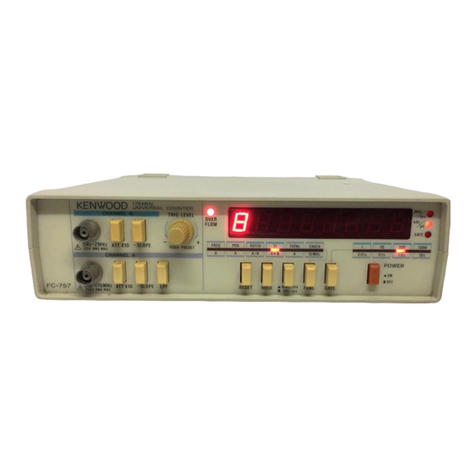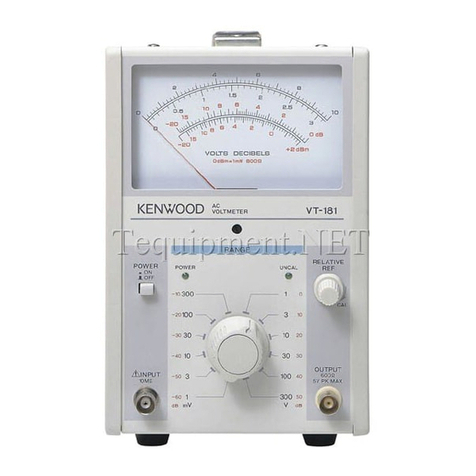Kenwood VT-176 User manual
Other Kenwood Measuring Instrument manuals

Kenwood
Kenwood VT-171 User manual

Kenwood
Kenwood FC-758 User manual

Kenwood
Kenwood FL-140 User manual

Kenwood
Kenwood VT-173 User manual

Kenwood
Kenwood VT-183 User manual

Kenwood
Kenwood HM-250 User manual

Kenwood
Kenwood MS-1660 User manual

Kenwood
Kenwood VT-172 User manual

Kenwood
Kenwood FL-180 User manual

Kenwood
Kenwood DM-81 User manual
Popular Measuring Instrument manuals by other brands

Powerfix Profi
Powerfix Profi 278296 Operation and safety notes

Test Equipment Depot
Test Equipment Depot GVT-427B user manual

Fieldpiece
Fieldpiece ACH Operator's manual

FLYSURFER
FLYSURFER VIRON3 user manual

GMW
GMW TG uni 1 operating manual

Downeaster
Downeaster Wind & Weather Medallion Series instruction manual

Hanna Instruments
Hanna Instruments HI96725C instruction manual

Nokeval
Nokeval KMR260 quick guide

HOKUYO AUTOMATIC
HOKUYO AUTOMATIC UBG-05LN instruction manual

Fluke
Fluke 96000 Series Operator's manual

Test Products International
Test Products International SP565 user manual

General Sleep
General Sleep Zmachine Insight+ DT-200 Service manual



















